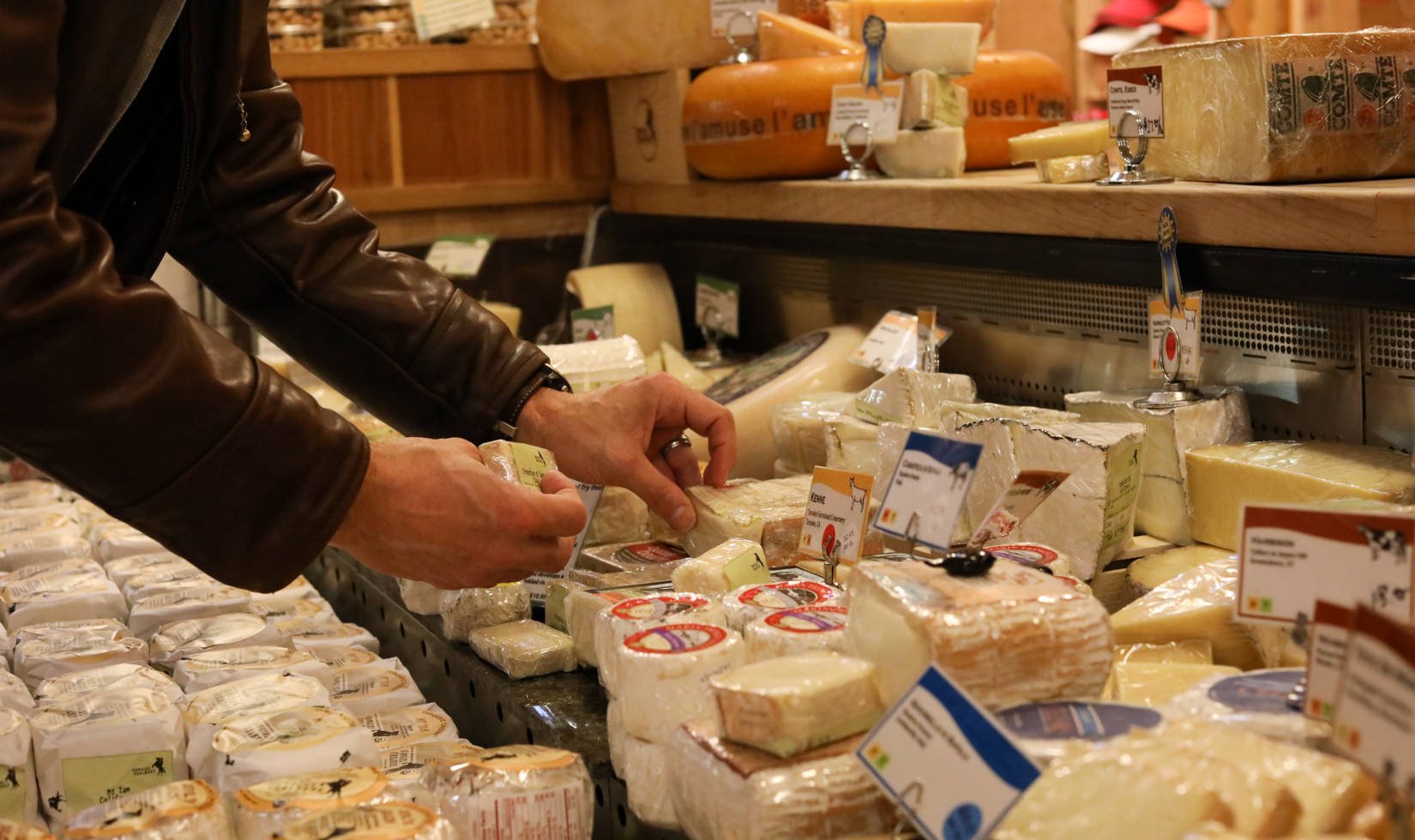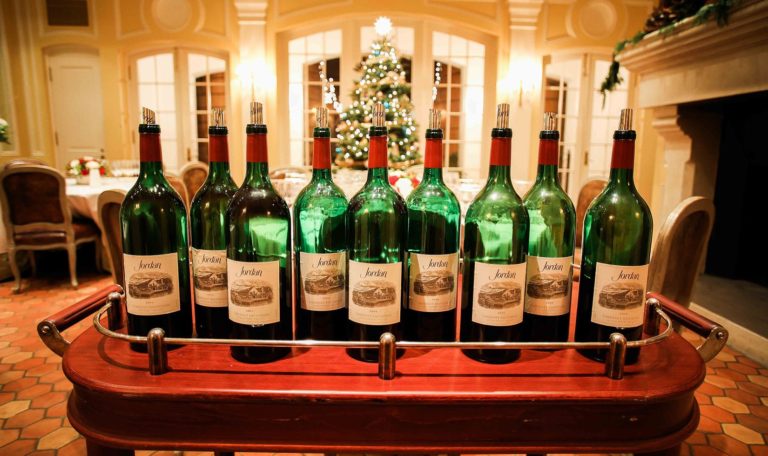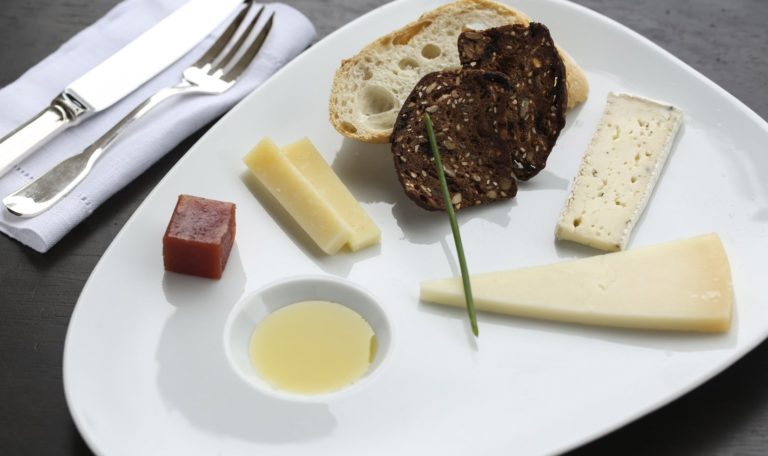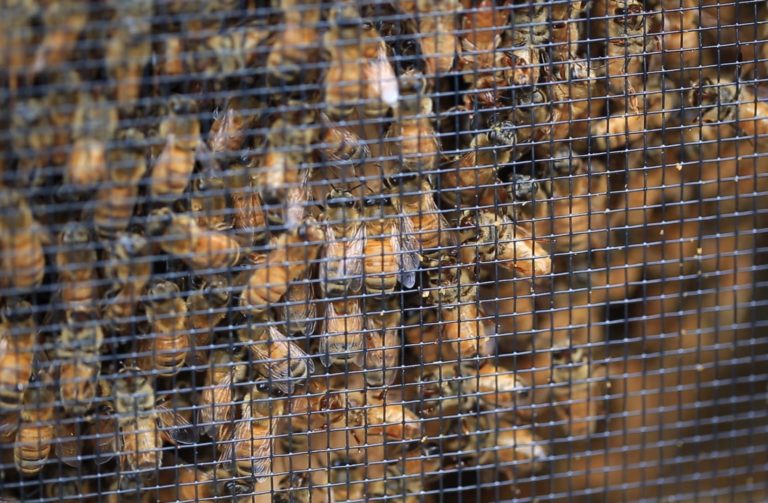Pairing red wine with cheese has been a topic of heated debate amongst academics since the release of a study by University of California at Davis a decade ago, which stated that many types of cheese diminish the fruit, tannin and acidity in red wines (specifically cabernet sauvignon, merlot, syrah and pinot noir). In my 17 years as a chef, I’ve found that several types of hard and semi-hard cheeses—and surprisingly a few triple creams—can pair with, and even flatter, both old and young vintages of cabernet sauvignon. The key is to start with a wine that is lower in alcohol and is not overly tannic, such as Jordan, Corison or a Bordeaux. As James Beard award-winning author and cheese expert Laura Werlin says, “The bigger the oak in the wine, the fewer the cheese choices you have.” From there, use a few basic rules for pairing cabernet sauvignon with cheese for the best tasting experience.
When buying cheeses to enjoy with cabernet sauvignon, I look for the following types and characteristics:
- Semi-hard, aged cow’s milk cheeses with extended age—The aging process brings out a slight crunch and rich, nutty flavors in the cheese. Their milder, nutty texture and smooth taste highlights the berry notes in both young and older Cabernet Sauvignons, while the wine’s tannins bind to the cheese’s protein and fat, cleansing the palate. Vermont’s Cabot Clothbound Cheddar, Beemster 18-Month Aged Gouda from Holland and Pleasant Ridge Reserve from Wisconsin have all been past favorite pairings with Jordan Cabernet Sauvignon.
- Semi-hard sheep’s milk cheeses with some age—These cheeses have a firmer texture, more complexity and subtle nutty flavors that complement the structure and finish of a cabernet rather than overpowering it. Sheep’s milk cheeses also tend to have a subtle gamey note that works well with cabernet. Ossau-Iraty of France and San Andreas and Ewenique from California have been previously selected for the Jordan Cabernet Sauvignon cheese plate.
- Slightly firm, soft-ripened cheeses with earthy notes—Choose earthy, slightly firm versions carefully and only if you’re pairing them with a lighter-style, young cabernet. That’s because a creamy cheese will actually accentuate tannins in a more powerful cabernet and make the wine downright chewy. Soft-ripened cheeses with an earthy or herbaceous component from the rind or an additional ingredient, such as truffles, complement the dried herb aromas in a young cabernet, while softening its tannins and making the berry flavors pop. Marin French Triple Crème Brie with Truffles, Cowgirl Creamery’s Mt Tam and Nicasio Valley Locarno—all from West Marin County—are the only soft-ripened cheeses I’ve found thus far that achieve an elevated pairing for both the wine and the cheese. But, the pairing varies significantly from vintage to vintage.
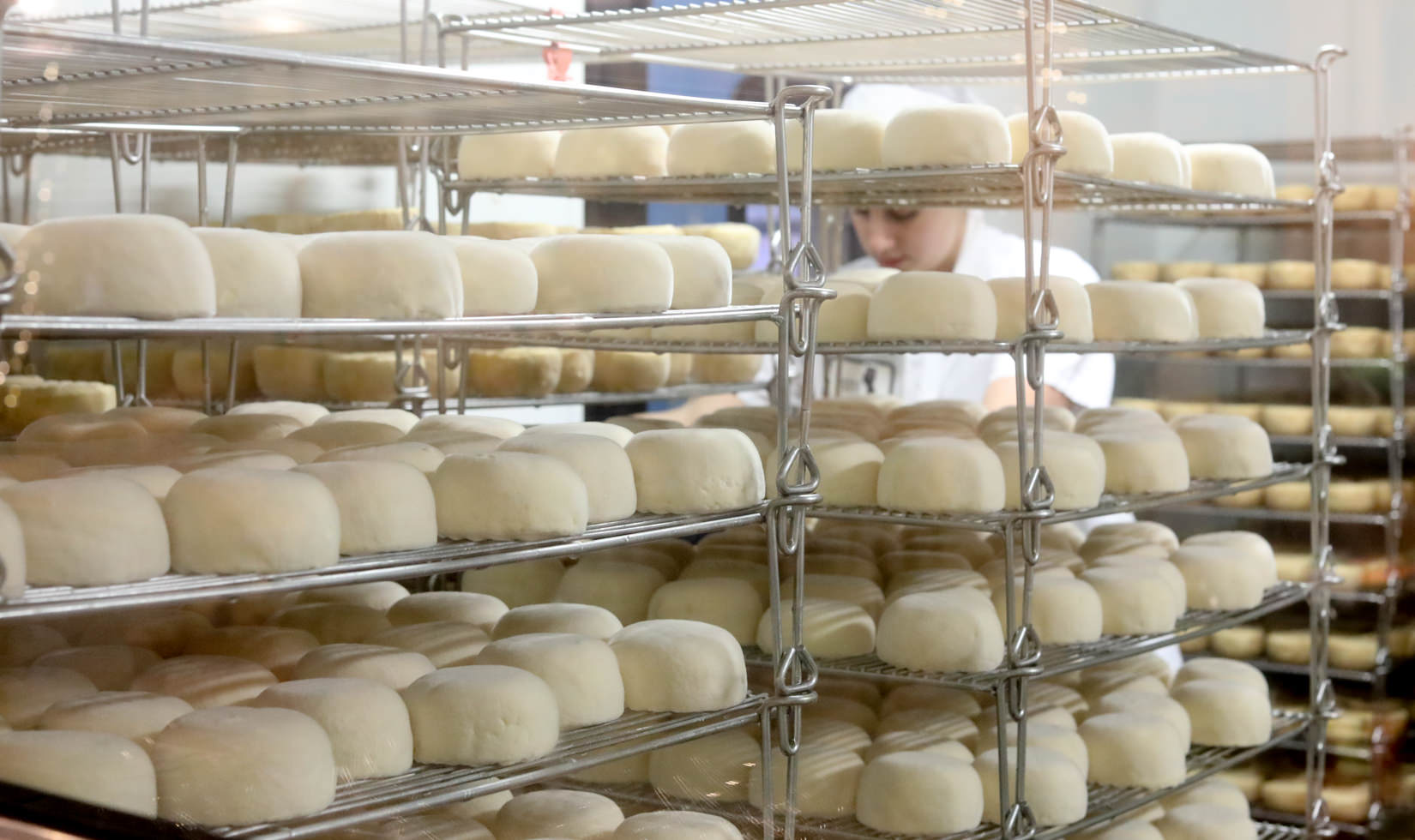
I avoid four categories of cheese with cabernet sauvignon:
- Young, soft goat cheeses, often labeled as chèvre. These are notoriously tangy with a high acidity level and because of that, they over-accentuate the cabernet’s alcohol. The only exception are those with dried herbs or an herb crust—they can pair with the herbaceous notes in a young, elegant cabernet or Bordeaux.
- Creamy, soft-ripened cheeses, such as most Bries, France’s noted Camembert, and triple-crèmes cheeses such as Brillat-Savarin and Saint André, often bring out metallic or bitter notes in cabernet and mute its fruit flavors. Experiment with creamy cheeses carefully if you really want the fruit in your cabernet to shine, as noted above.
- Hard cheeses, such as Parmigiano-Reggiano. The salt and, paradoxically, sweetness from these cheese’s pineapple and caramel flavors can strip the fruit from the wine. When pairing Parmigiano with red wine, a light red with very little tannin is best (think still or sparkling Lambrusco, the favorite Parmesan cheese wine pairing for many Italians). If the wine’s tannins are too pronounced, the salt in the cheese will exaggerate those tannins.
- Blue cheeses, especially pungent ones. These can be tricky pairings because blue cheeses usually make cabernet taste metallic and bitter. Champagne and lean, crisp white wines, such as a Sancerre or a young Jordan Chardonnay, are much more complementary with most mild blue cheeses. I’ve found two milder blue cheeses that can work with younger, bold, fruit-forward vintages of Jordan: Neal’s Yard Cashel Blue, a well-balanced blue-veined from England, and Rogue Creamery’s Caveman Blue from Oregon. Both cheeses have a hint of sweetness and buttery textures that complement the fruit and structure in the 2012 and 2013 Jordan Cabernet.
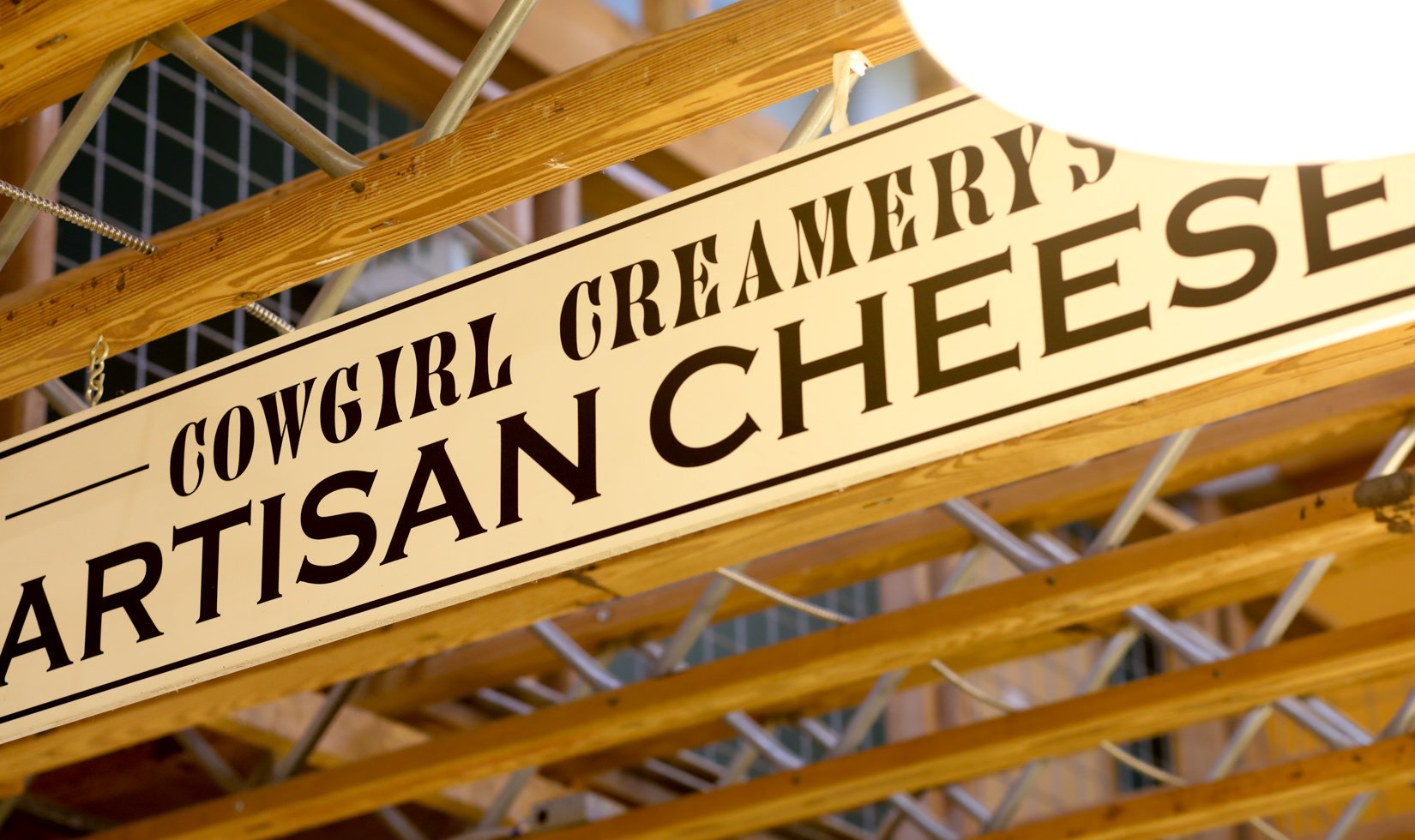
Selecting which cheese to serve with multiple vintages of Jordan Cabernet Sauvignon on Tours & Tastings is always my first big project of the year. I recently took a field trip to Cowgirl Creamery and Nicasio Valley Cheese, both in West Marin County, hoping to find a handful of new possibilities for the winery’s cheese pairings. I returned to the kitchen with a dozen different cheeses from nine creameries—a testament to the impressive diversity of California cheeses available today.
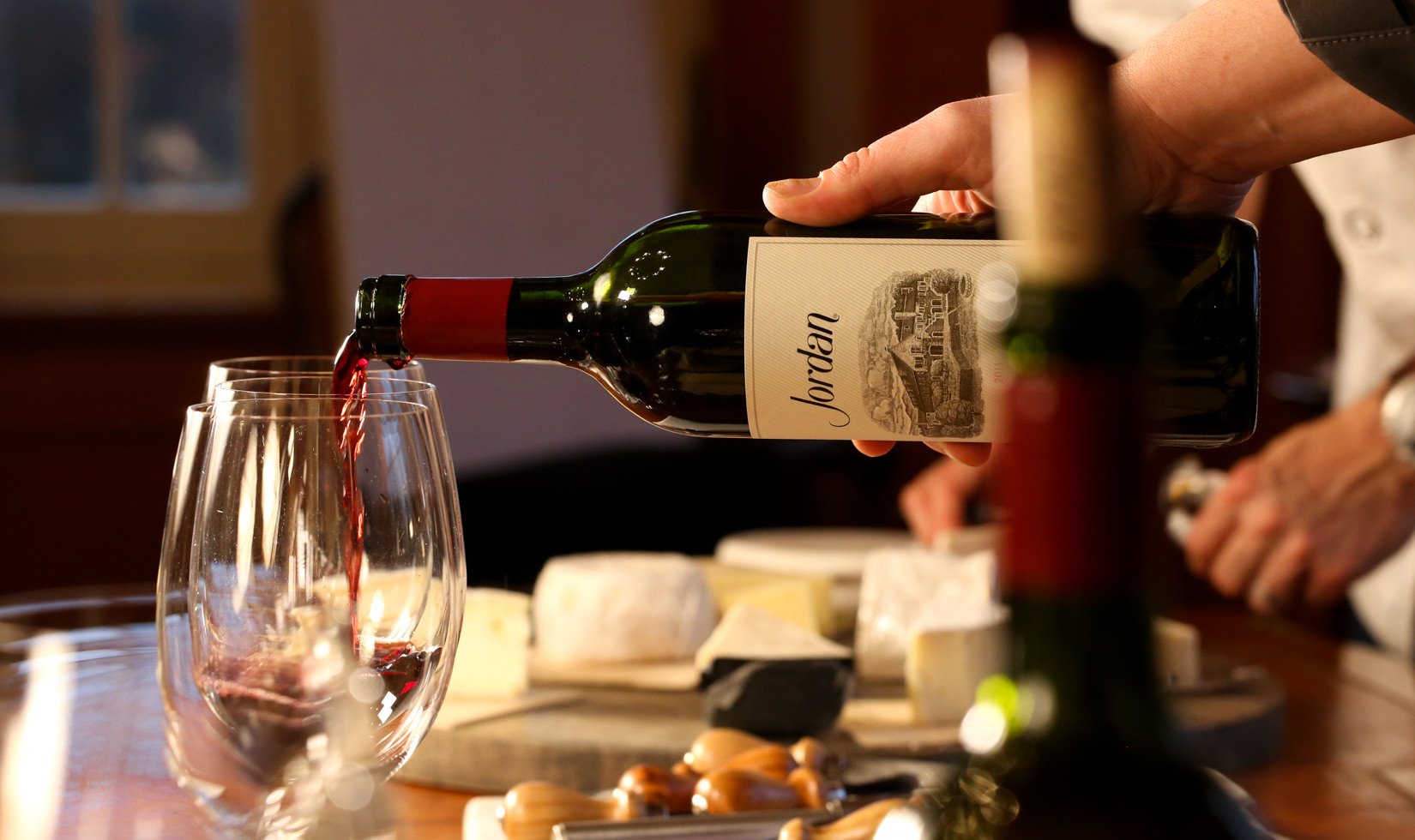
Then the day got even better, despite the rain. I gathered our assistant winemaker and guest services management staff f0r a tasting of every cheese with this year’s featured Library Tasting vintages—2013, 2011 and 2009 Jordan Cabernet Sauvignon. Our mission: to select cheeses that paired best with all three wines. The only caveat: we could only choose our top three cheeses.
Here are our notes from the cheese and Cabernet Sauvignon pairing exercise. We were actually surprised by how many of the cheeses worked with different nuances in a riper, richer, young Cabernet like the 2013 vintage, and also complemented the spice and herb notes in a cool-climate vintage like 2011 and the more complex fruit in the older 2009 Cabernet.
Cheese and Cabernet Sauvignon Tasting Notes:
Central Coast Creamery Goat Gouda (Paso Robles, goat’s milk cheese) – Its soft and creamy texture helped expand the mid-palate or body of the 2011 Jordan Cabernet Sauvignon, a leaner, more Old World vintage.
Cypress Grove Midnight Moon (Holland, goat’s milk cheese) – Its creamy, rich flavor that comes from extended aging complemented the fruit flavors in all three vintages, though it made the 2011 vintage in particular sing, broadening the fruit flavors and creaminess on the palate and bringing an attractive saltiness on the finish that made us want to take another sip. The cheese softened the tannins in both the 2009 and 2013 cabernets and made the red fruits brighter in the 2009, while sharpening the acids in the 2013. A lovely cheese with all three vintages.
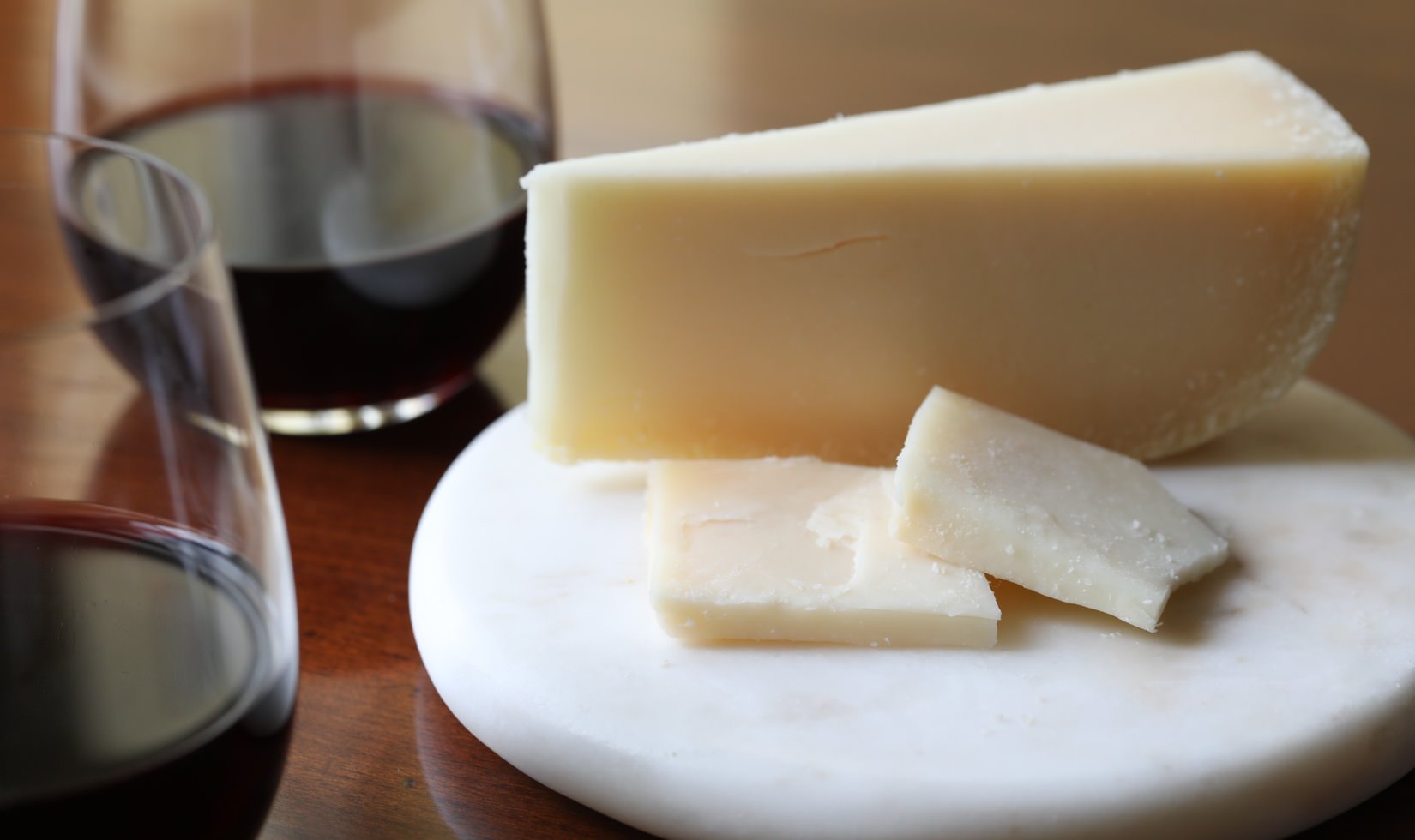
Cypress Grove Truffle Tremor (Humboldt County, goat’s milk cheese) – This slightly creamy goat cheese contradicted our rule about chèvre with cabernet due to the earthy truffle, mushroom and herbaceous notes. Considered a flavor powerhouse, this creamy, soft cheese has herbaceous and mushroom notes that brought out the fruit in all three cabernets. It really shined with the 2011 vintage, elevating its dried herb notes on the palate and its bright fruit flavors on the finish.
Bellwether Farms San Andreas (Sonoma, sheep’s milk cheese) – Its Pecorino-like subtle flavors paired well with all three vintages. The cheese softened the 2013 Jordan Cabernet Sauvignon’s tannins and brought an appealing baked cracker flavor to the finish. Both the 2011 vintage and this cheese have leaner mid-palates, and their complementary textures made for a pretty pairing. There’s also a tartness to this cheese that balances the acidity of the 2011 vintage, creating a seamless pairing. The fat in the cheese further softened the 2009 Jordan Cabernet Sauvignon’s tannins and brought out tangy and buttery flavors on the palate.
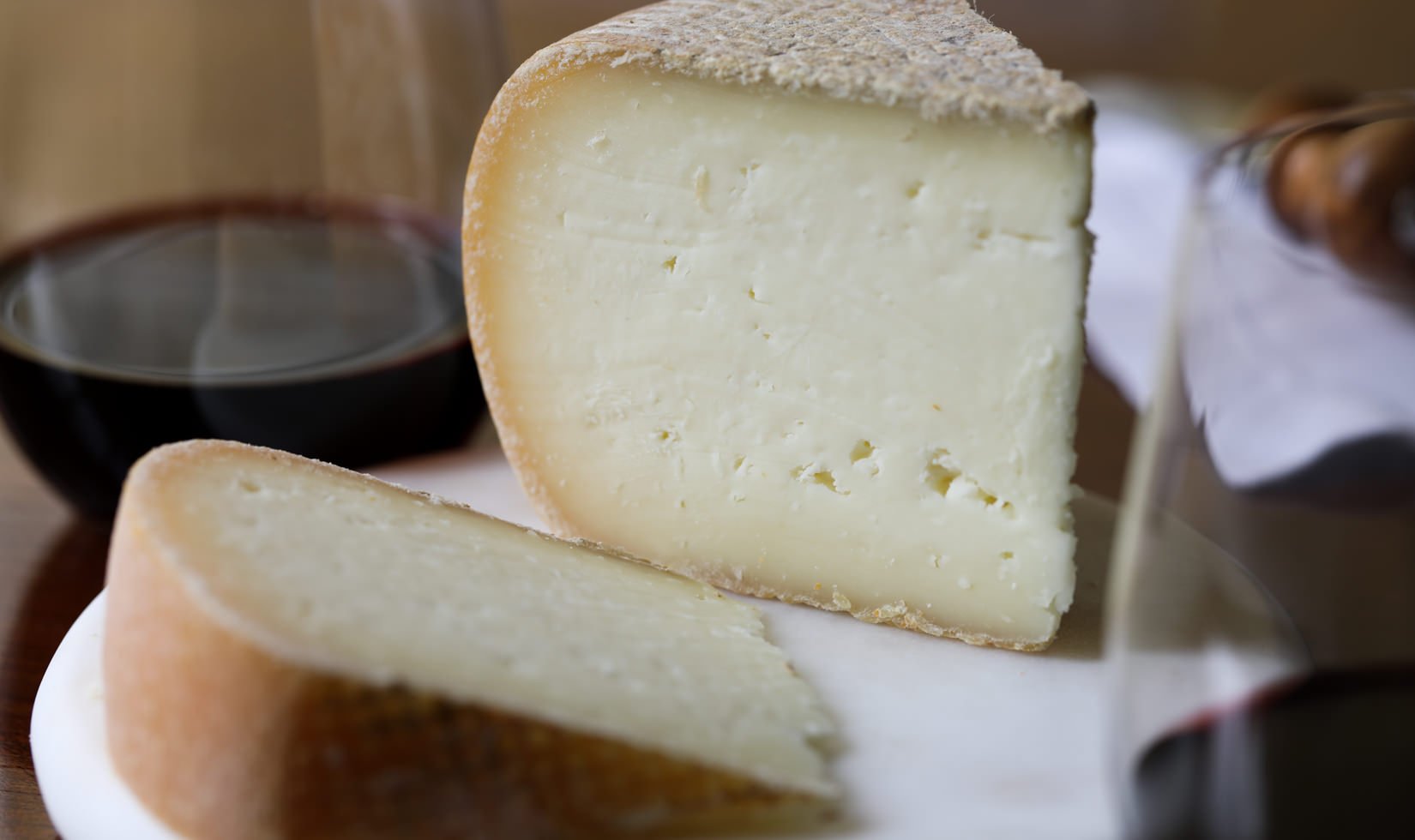
Bleating Heart Fat Bottom Girl (Sonoma, sheep’s milk cheese) – This slightly salty cheese with subtle nutty and buttery notes didn’t elevate or detract from the flavors in all three vintages. The cheese tasted even mellower with the 2009 and 2011 vintages. Neutral pairings like these can actually be desirable. As a winery, we never want a cheese pairing that detracts from the wine’s flavors, so a neutral pairing—one where the cheese and wine both hold their own even if they don’t elevate the other to memorable status—is perfectly acceptable and enjoyable.
Keen’s Cheddar (England, cow’s milk cheese) – This cheese’s nutty flavor, earthiness and slight crunch elevated the dark fruit flavors in the oldest vintage of Jordan Cabernet, 2009. The nuttiness in the cheese also brought out a lovely, slightly bitter walnut note in the wine’s tannins. The 2011 cabernet’s red fruit flavors were elevated by the cheese, and the 2013 cabernet was the most intriguing pairing of them all. The cheese brought out the earthiness and the goût de terroir (taste of the soil) in the 2013 vintage, as well as a dustiness in the tannins and rustic blackberry flavors.
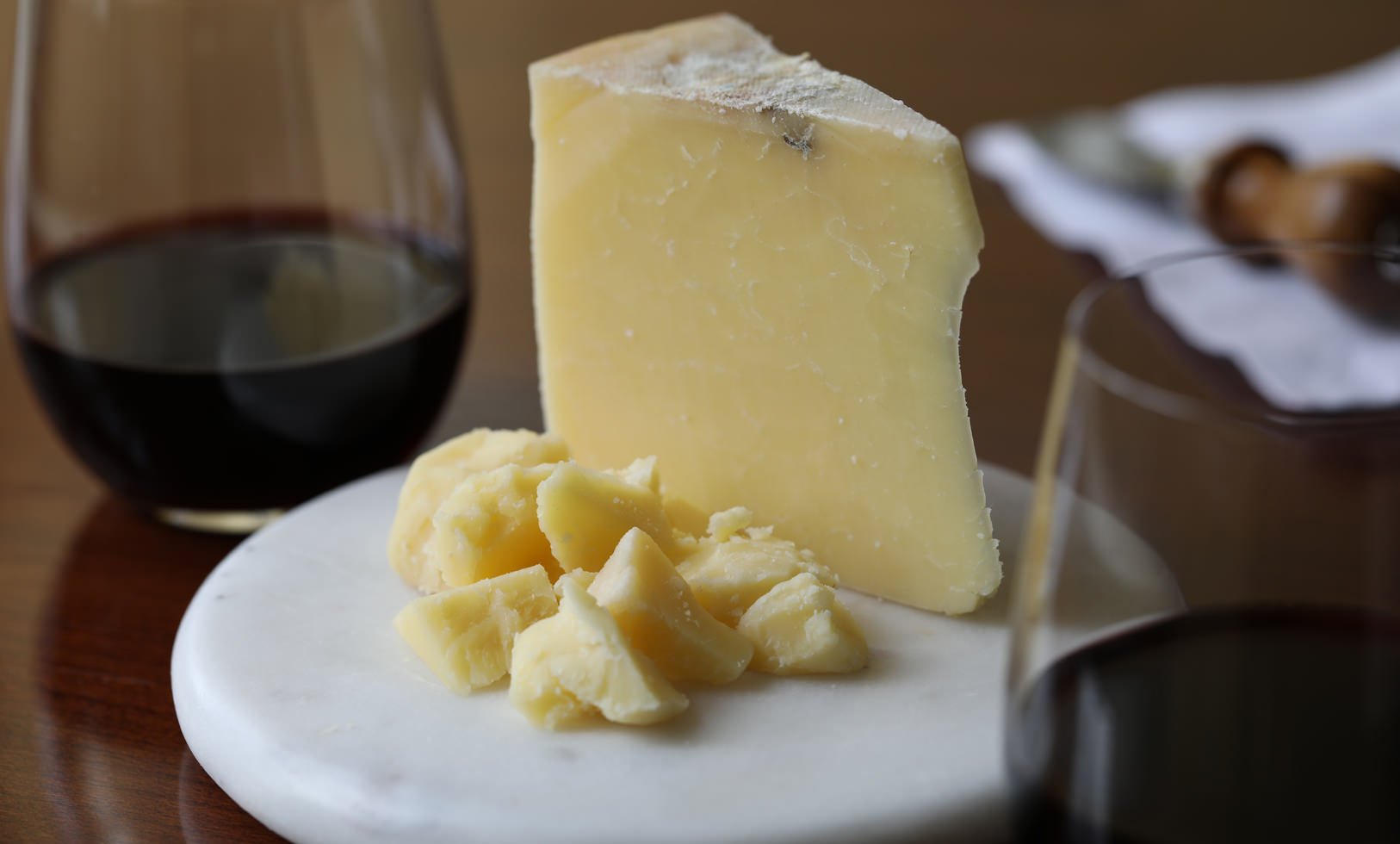
Beecher’s Flagship Cheddar (Washington, cow’s milk cheese) – A beautiful pairing with all three cabernets. Its protein crystals (which develop in some styles of cheeses as they age) and slightly creamy texture brought out the red fruit and even citrus flavors in the leaner 2011 Jordan Cabernet and broadened the wine’s mid-palate. The cheese dominated the fruit flavors of the 2009 Jordan on the palate, but it brightened the wine’s acidity and its red fruit flavors on the finish. This creamy, heavier cheese also elevated the fruit in the young, more powerful 2013 Jordan, while softening its tannins. The cheese’s complex flavors also carried through each cabernet’s long finish.
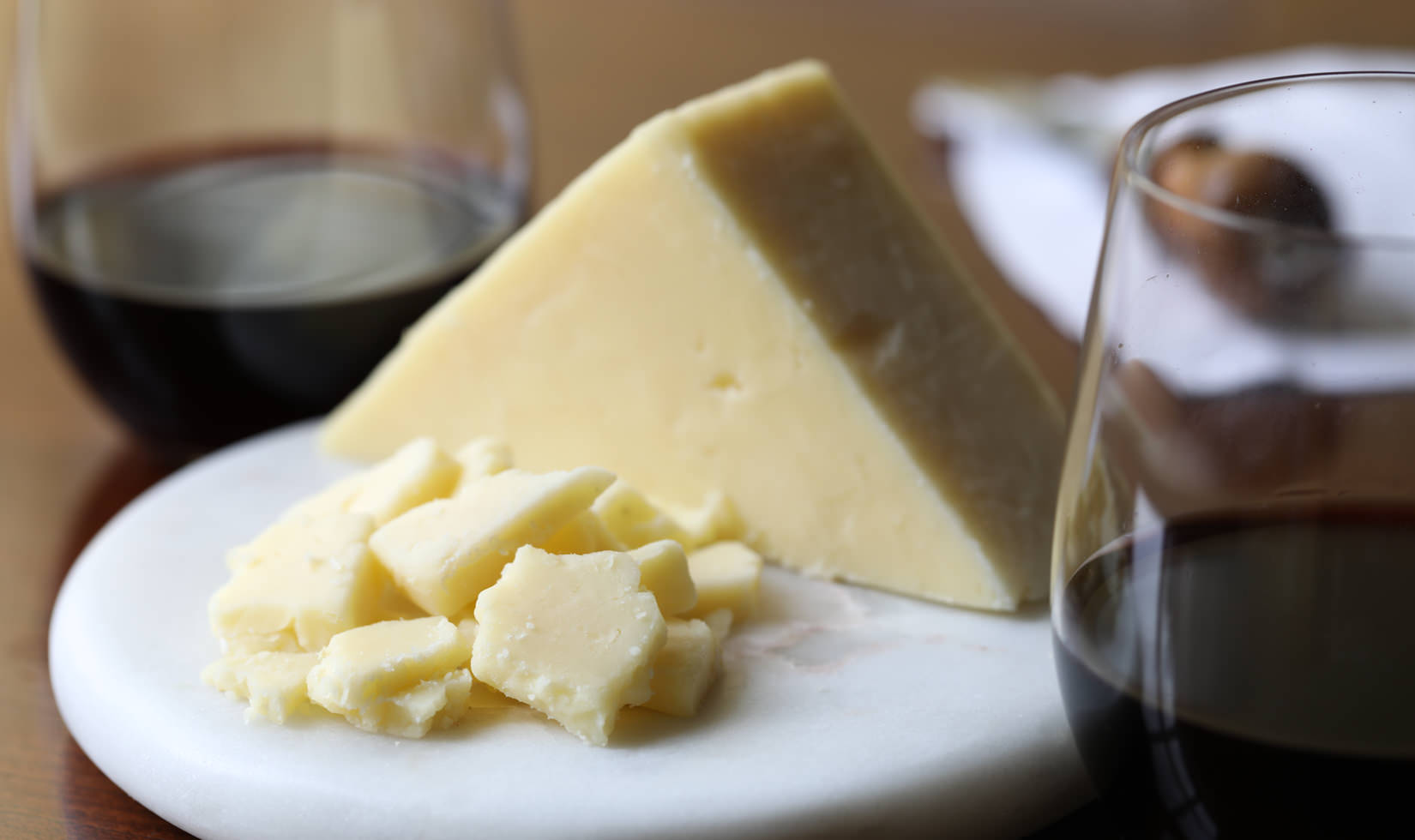
Cabot Clothbound Cheddar (Vermont, cow’s milk cheese) – While this cheese was a favorite pairing four years ago with young vintages of Jordan Cabernet (2006 and 2008), during this tasting with other vintages, neither the wine nor the cheese’s flavors were elevated in any pairing combination with the 2009, 2011 or 2013 vintage. Again, a neutral pairing, which is not a bad thing.
Essex Street Reserve Comté (France, cow’s milk cheese) – Comté is known for its earthy, herbaceous, nutty and fruity notes, and is considered a great cheese pairing with brut Champagne. This cheese had a lovely hazelnut flavor when tasted with the 2009 Cabernet and also softened the wine’s tannins in a way that made the pairing seamless. Its texture and flavors did complement the younger cabernets, but 2009 was the stand-out pairing.
Nicasio Loma Alta (Marin County, cow’s milk cheese) – A very mild, buttery, semi-soft cheese with nice texture that would be terrific with a crisp white like Jordan Chardonnay or a sauvignon blanc. Sadly, didn’t pair well with any vintage of cabernet. It muted the fruit and over-accentuated the tannins.
Nicasio Reserve (Marin County, cow’s milk cheese) – Its rich flavor complemented the full body of a young, masculine vintage like Jordan’s 2013 Cabernet, but it overpowered the more elegant-bodied older vintages.
Nicasio Locarno (Marin County, cow’s milk cheese) – This soft, creamy cheese elevated the mid-palate of the 2011 Jordan Cabernet but stifled the fruit in the 2013 vintage. It was, however, our hands-down favorite as the best cheese to pair with the new Jordan Cuvée, so guests will likely see it make a debut at our Spring at Jordan event in May.
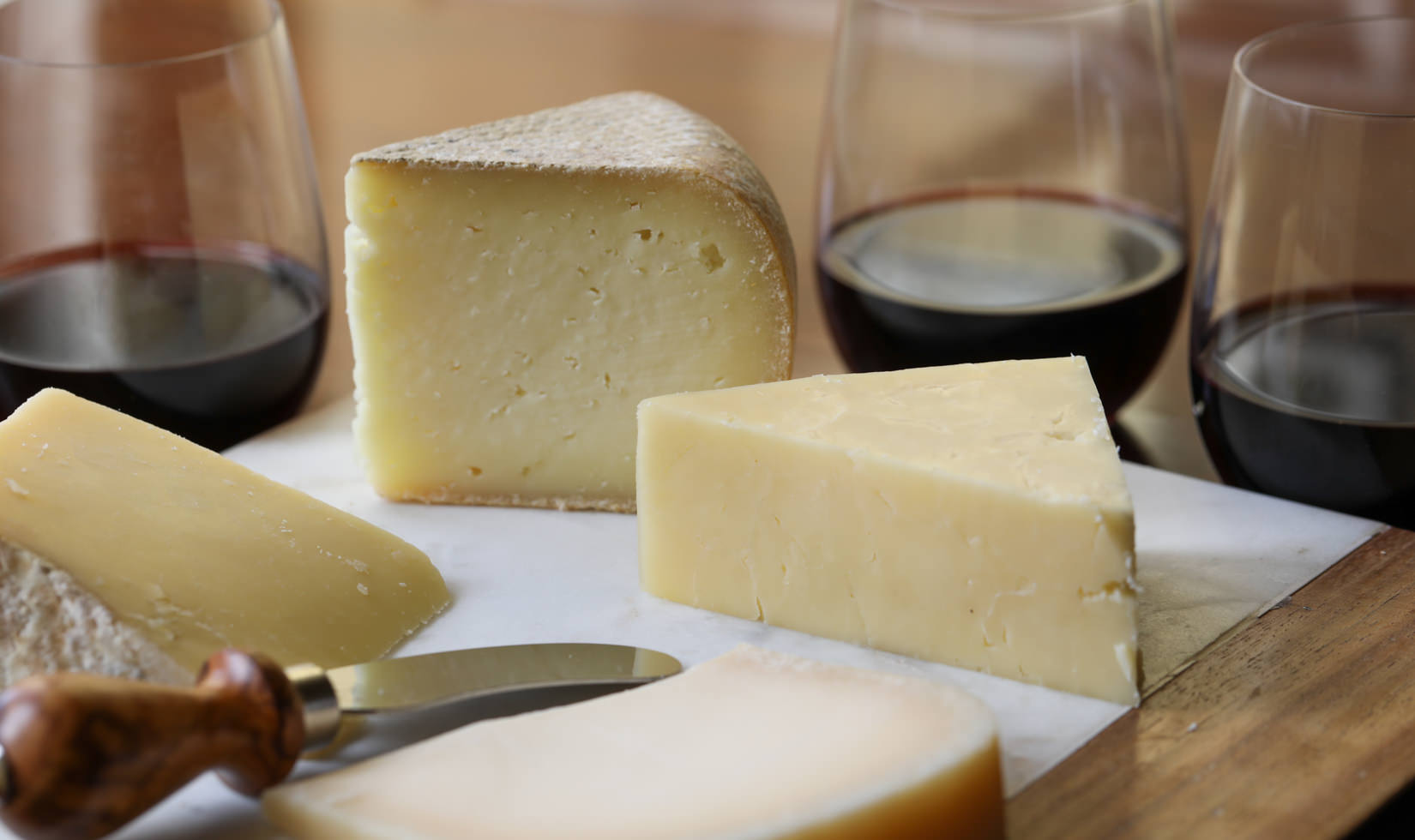
Our Four Favorite Cabernet and Cheese Pairings of the Tasting:
2009 Jordan Cabernet Sauvignon with Keen’s Cheddar
The aged cheese’s nutty flavor, earthiness and slight crunch elevated the older wine’s dark fruit flavors.
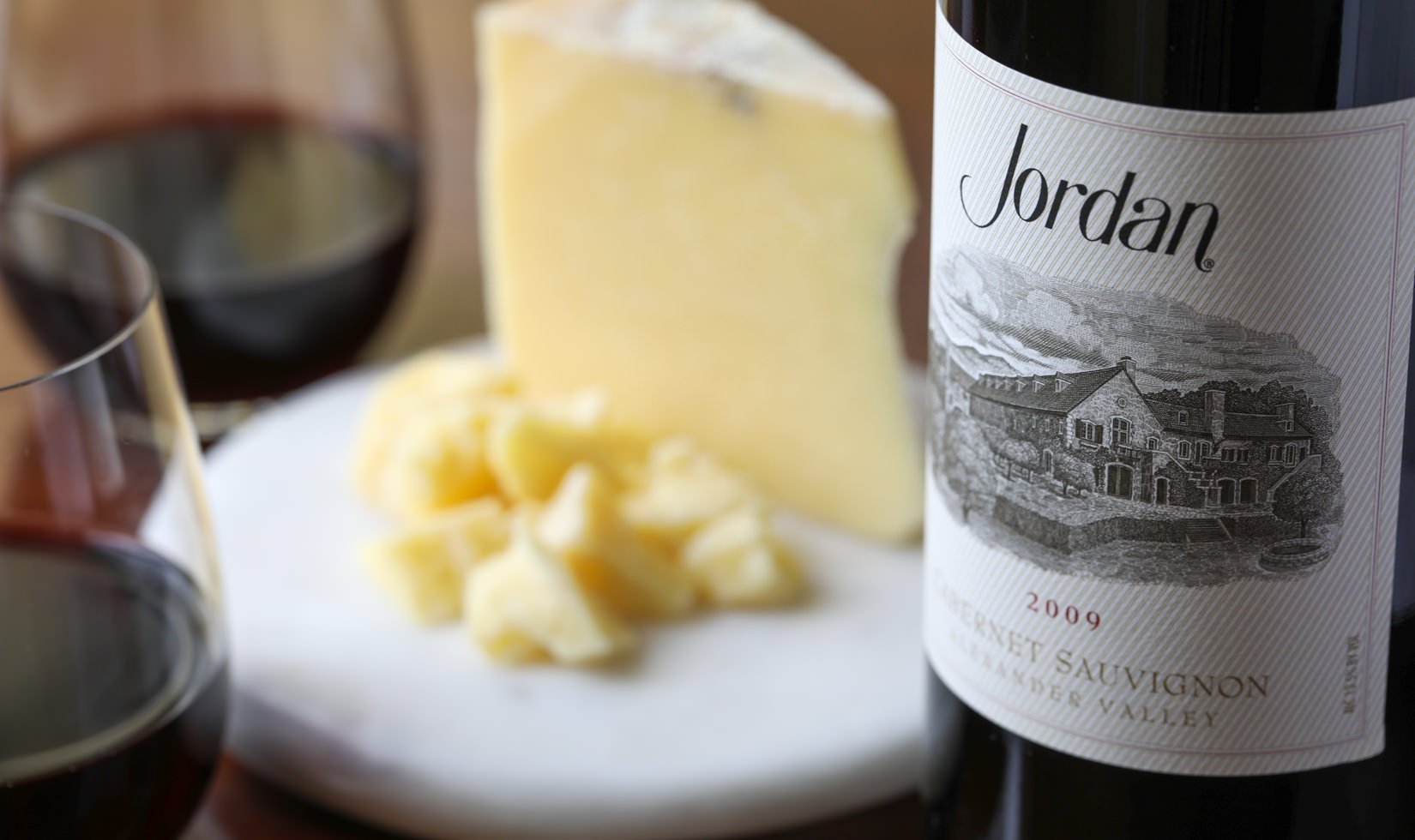
2011 Jordan Cabernet Sauvignon with Beecher’s Flagship Cheddar
The aged cheese’s rich texture brought out the leaner vintage’s red fruit and broadened the wine’s mid-palate.
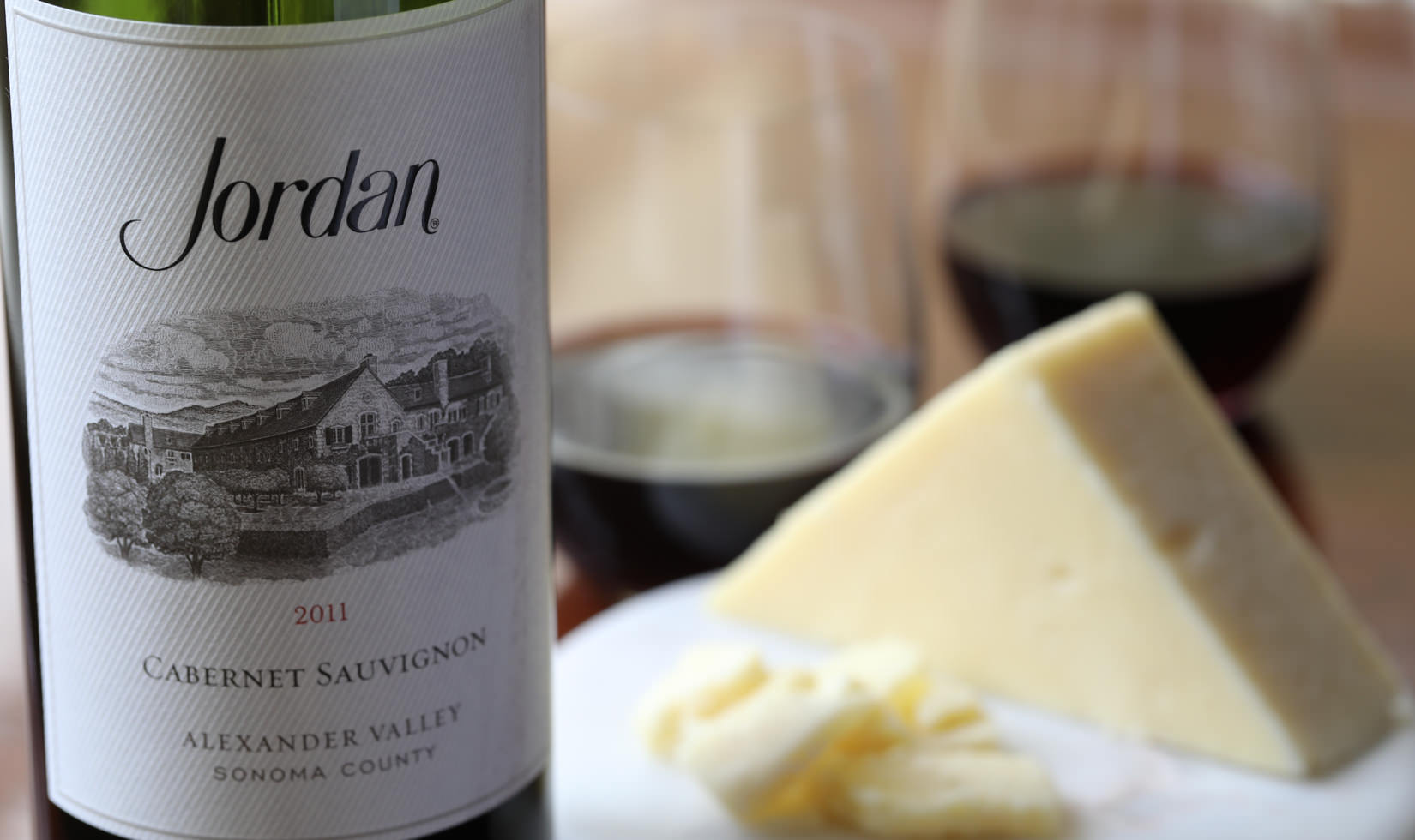
2011 Jordan Cabernet Sauvignon with Cypress Grove Midnight Moon
The aged cheese’s rich flavor elevated the wine’s fruit, broadened creaminess on the palate and brought an attractive saltiness to the finish.
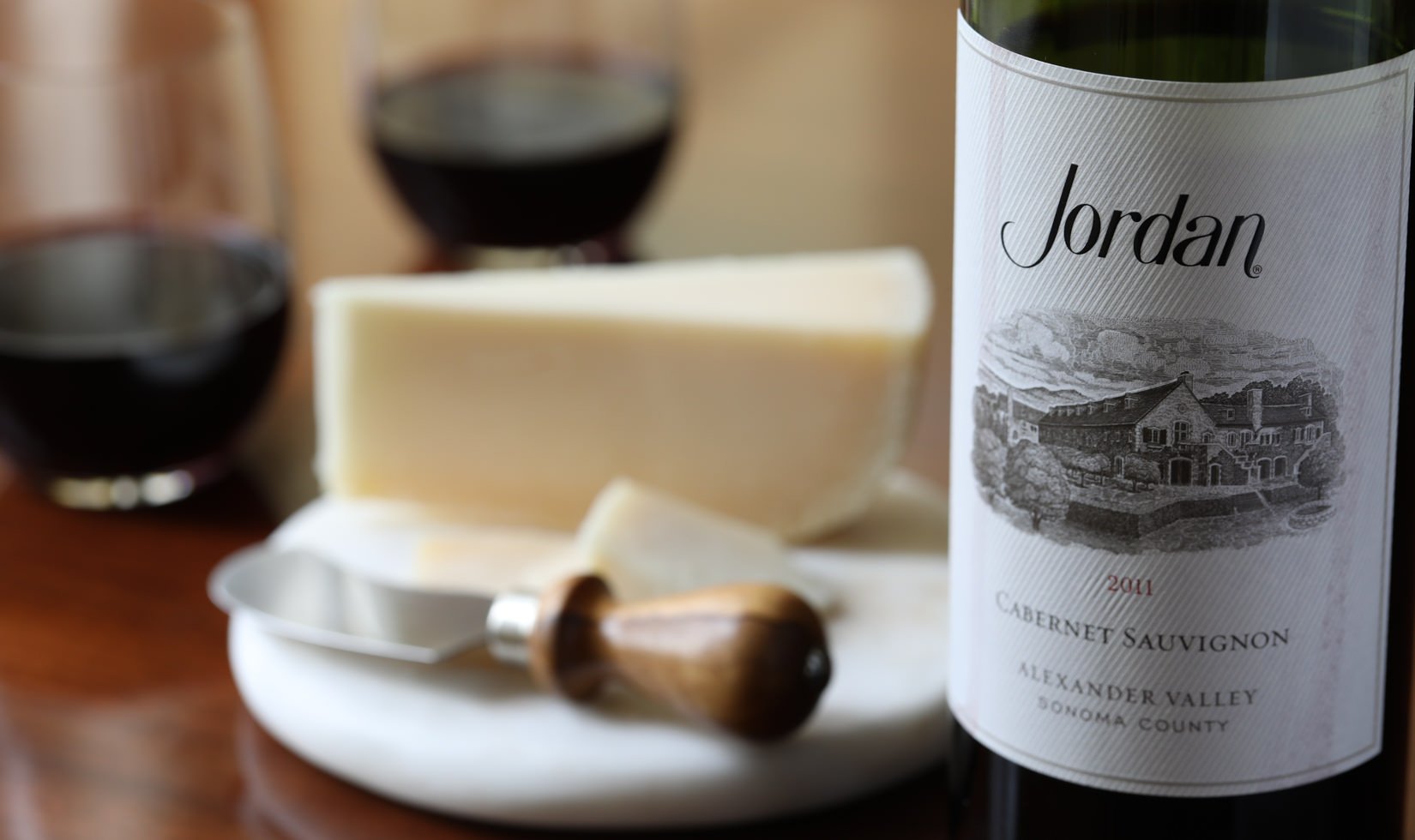
2013 Jordan Cabernet Sauvignon with Bellwether Farms San Andreas
The cheese softened the young cabernet’s tannins and brought an appealing baked cracker flavor to the finish.
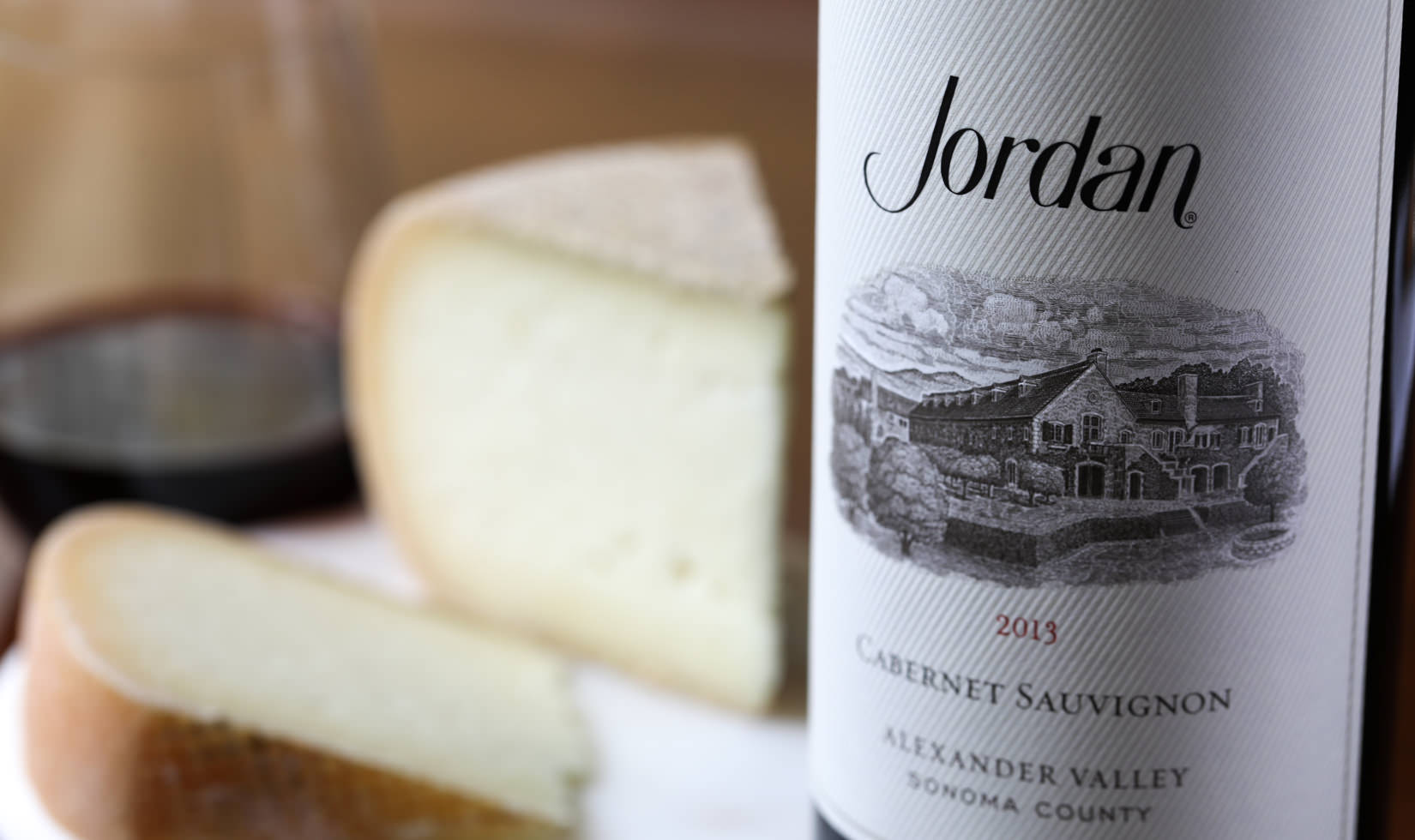
Here’s the bottom line on pairing cabernet with cheese:
- Young cabernet with light tannins: choose aged cheeses—great options are included above for cheddar and gouda, Pecorino-style sheep’s cheese and goat.
- Older cabernet with soft tannins: choose semi-firm cow’s milk cheeses, such as aged cheddars, aged goudas, sheep’s milk cheeses and Comté.
- Big, rich cabernets: choose intense cheddar cheeses and aged Gruyère (since Jordan doesn’t make higher-alcohol, bold cabernets, sharp cheddars and Gruyère were not included in the tasting)
- Wines with a long finish, such as cabernet sauvignon, demand cheeses with complex flavors that can stand up to that finish, and aged cheddars tend to be the best pairing for various styles of cabernet sauvignon. When in doubt, choose aged cheddar for cabernet.
In the end, it was so hard to whittle down our favorite cheeses to the maximum three usually served on Jordan Tours & Tastings, so this year, we selected four. Descriptions of each cheese are included below, and all cheeses tasted or referenced were purchased from Cowgirl Creamery and the Nicasio Valley Cheese tasting room. We hope you’ll come visit us to experience the pairings.
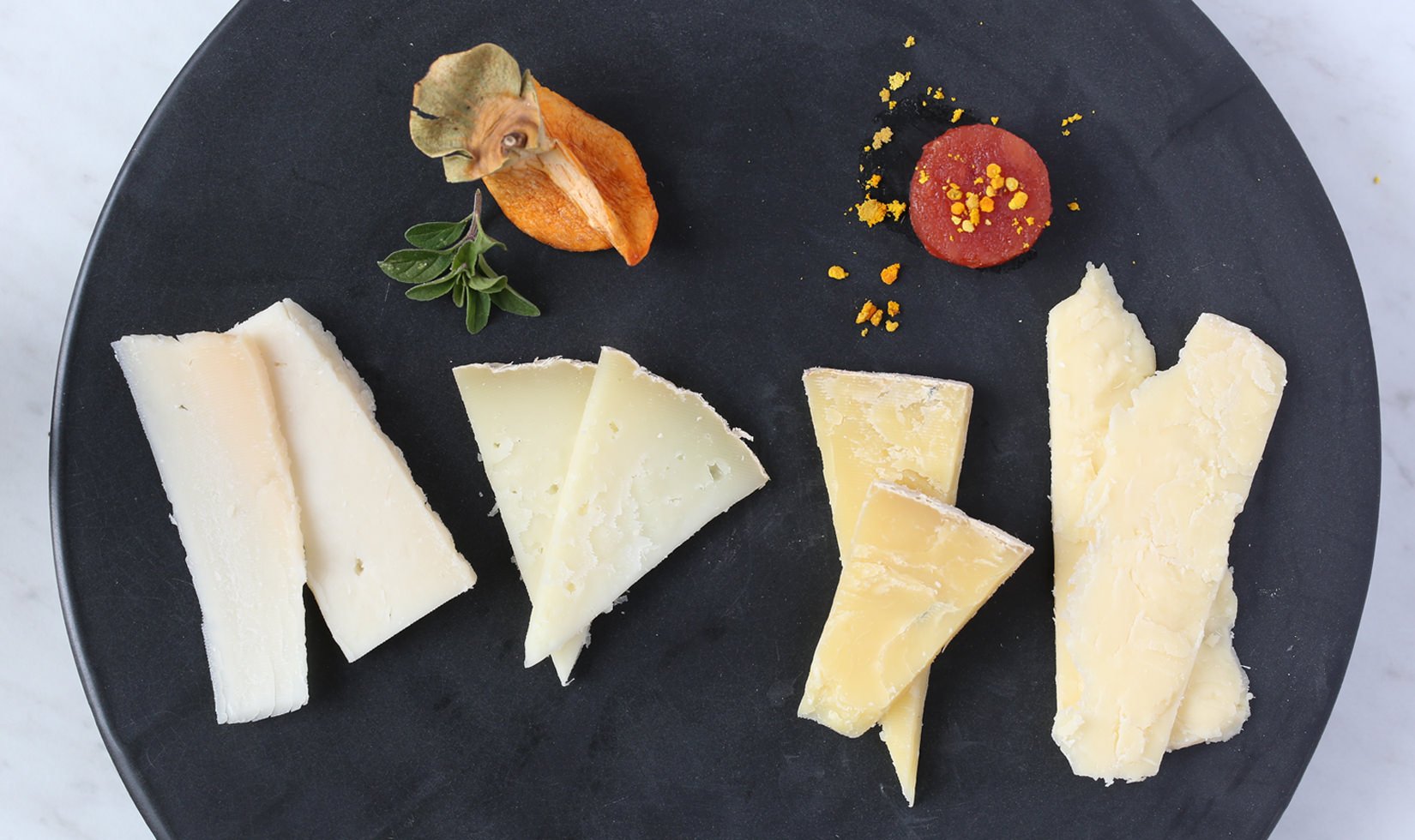
If making a wine and cheese board to enjoy at home, you can also use some of our tips for creating a wine-friendly charcuterie board. But in the end, the best rule for cheese and wine pairing is this: Drink the wines you love with the cheeses you love around a table with the people you love. You’ll always have a memorable pairing.
